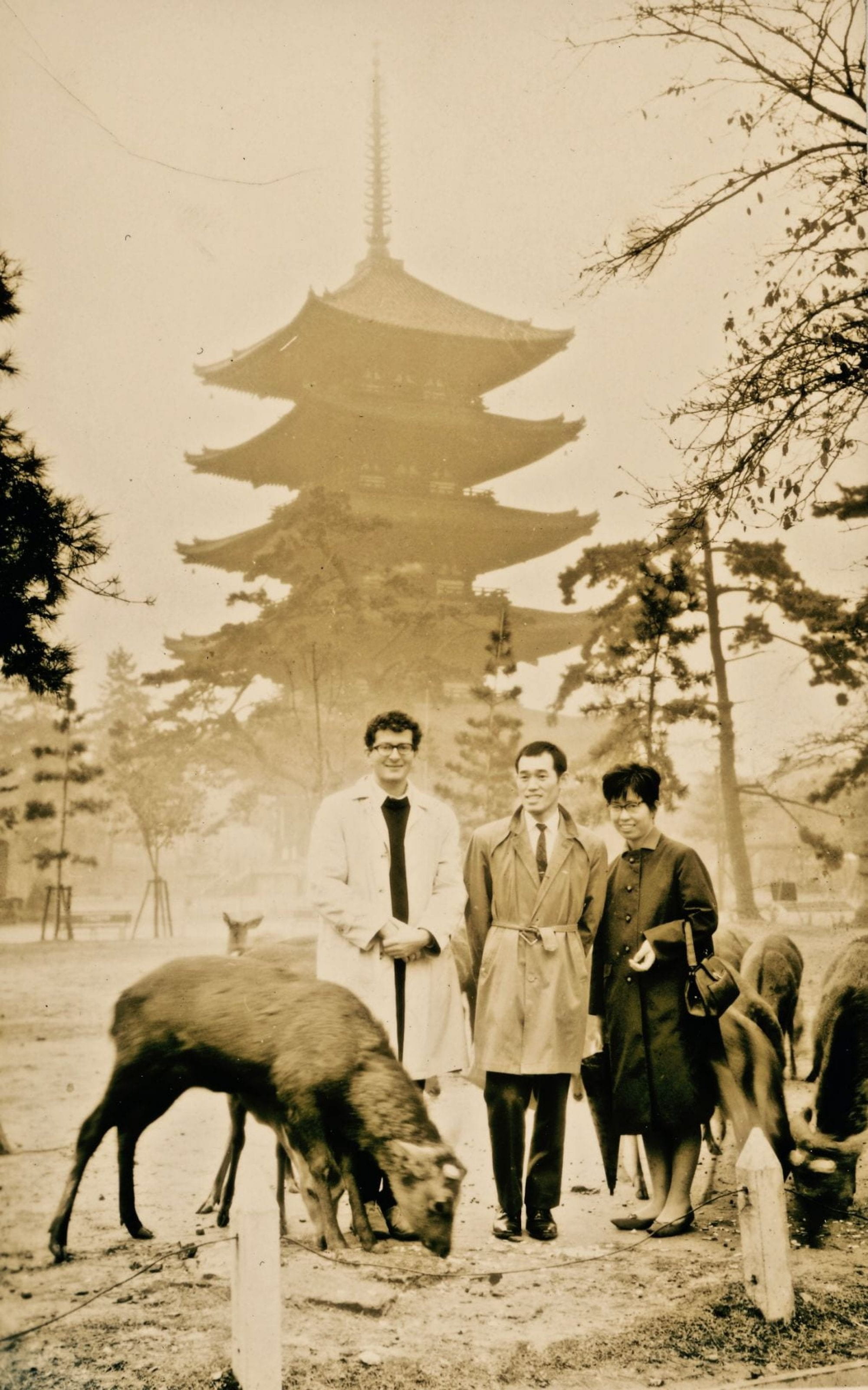 Artist: Kawamura Bunpō 河村文鳳 (1779 – 1821)
Artist: Kawamura Bunpō 河村文鳳 (1779 – 1821)
Title: Kinpaen gafu 金波園画譜; Picture Album by Kimpaen
Date: 1820
Medium: Woodblock printed; ink and color illustrations on paper; paper covers
Publisher: Hishiya Magobē 菱屋孫兵衛
Gift of: Arthur Tress Collection. Box 8, Item 5; Arthur Tress Collection Box 62, Item 14
https://franklin.library.upenn.edu/catalog/FRANKLIN_9977502569803681#franklin-availability
https://franklin.library.upenn.edu/catalog/FRANKLIN_9977502838903681#franklin-availability
These are fine first edition copies of Kawamura Bunpō’s Kinpaen gafu, or “Kinpaen’s album of paintings,” in the genre of Chinese painting known as kachōga, or bird-and-flower-paintings. Although this style of bird-and-flower painting originated in China in the tenth-century, Bunpō’s style in particular stems from the Chinese Jiezhiyuan hua zhuan 芥子園畫傳, or the Manual of the Mustard Seed Garden, printed during the early years of the Qing Dynasty in the seventeenth-century. The painting manual became well known throughout Japan during the Edo period, with the earliest illustrated woodblock copy published in Kyoto in 1748. The publisher of these two volumes in the Kress Collection, Hishiya Magobē (Gosharō), “advertised Bunpō’s Kinpaen gafu alongside his own fine edition of Jiezhiyuan hua zhuan” along with “other titles relating to Chinese art and culture.”
Bunpō imitates the Chinese method of omitting the outlines of leaves and stems known as Mogu 沒骨, or the “boneless technique,” which relies instead on forms produced by the colors themselves, as opposed to dark, heavy outlines used in drawing. As scholar Ellis Tinios has noted, “there are also many instances in which delicate colors subtly blend one into the other,” and “the play of the artist’s brush is rendered as more tightly controlled.” These details are all the more impressive given that these editions of Bunpō’s albums were woodblock printed books that succeed in beautifully reproducing a color application technique associated with elite forms of Chinese painting.
Kinpaen gafu is the only one of Bunpō’s many album books that was printed using a wide array of light colors. In both Tress Collection volumes, varying shades of yellow, green, pink, and red appear in abundance and are applied to Japanese mulberry paper. However, the chief remarkable difference between the two volumes lies in their overall application of the pigments themselves as they appear in each print. While the volume on the left features a heavier application of color which results in darker illustrations, the colors of the volume on the right are much more muted. Their printed application appears more delicate, as though the printing was performed with less ink, resulting in lighter washes of color which give the impression of a more understated palette of pigments. While Bunpō’s album was meant to instruct the aspiring painter in rendering sights and scenes from the natural world, these books could have been used to instruct the printer’s apprentice in the art of the application of color when printing with a woodblock.
Bunpō’s preface to the work is written in Chinese characters. In it, Bunpō “states that it does not matter whether the artist is Chinese or Japanese.” Instead, “what is important is that the artist’s work possesses depth of feeling, skill in handling the material, and the ability to depict the essence of things.” The same could be said regarding these beautifully colored prints: what is most important is not the “higher” art of painting or the “lower” art of print, but rather, the effects they produce in the eyes of the viewer.
Posted by Judith Weston
November 20, 2019




